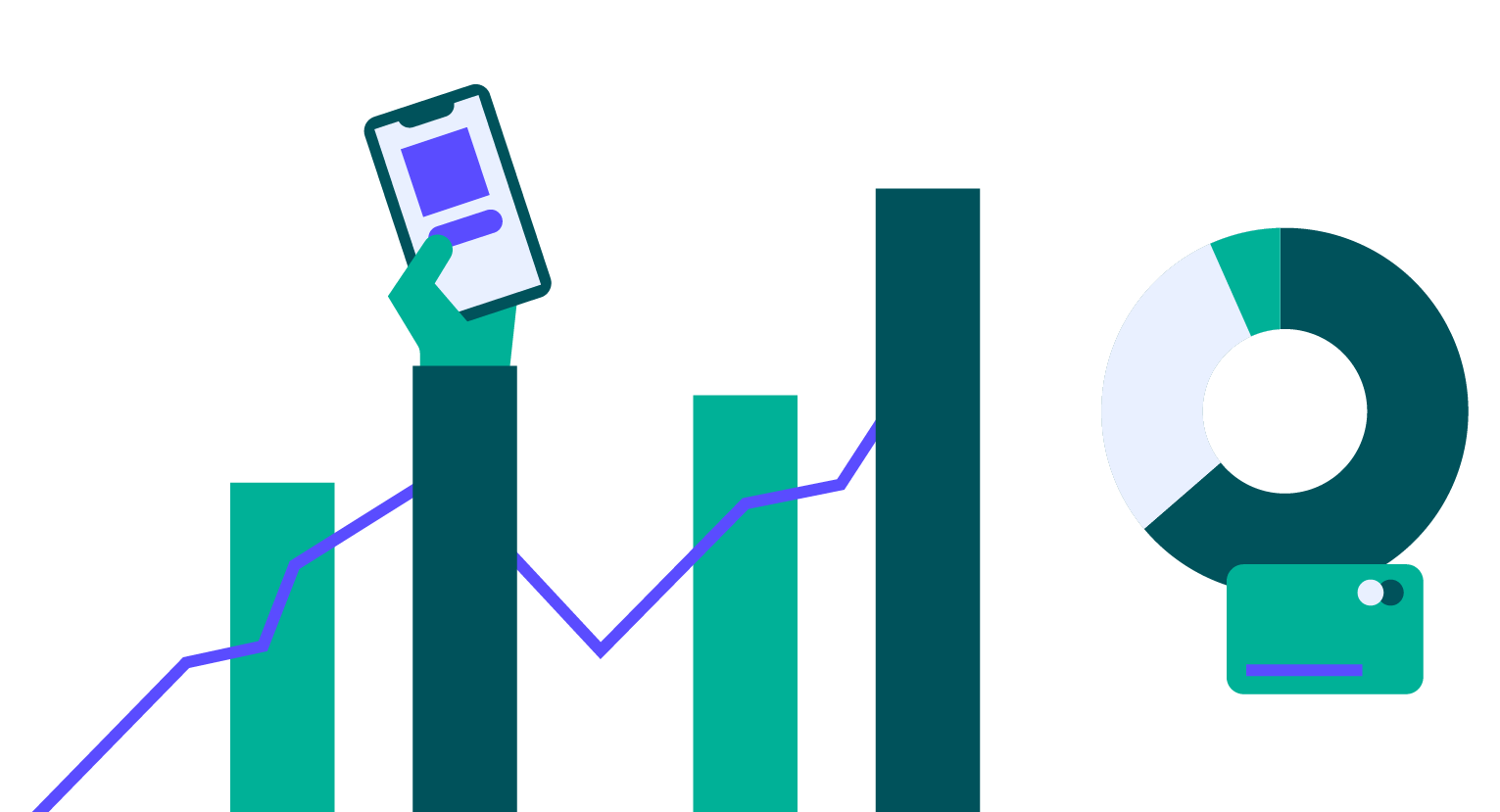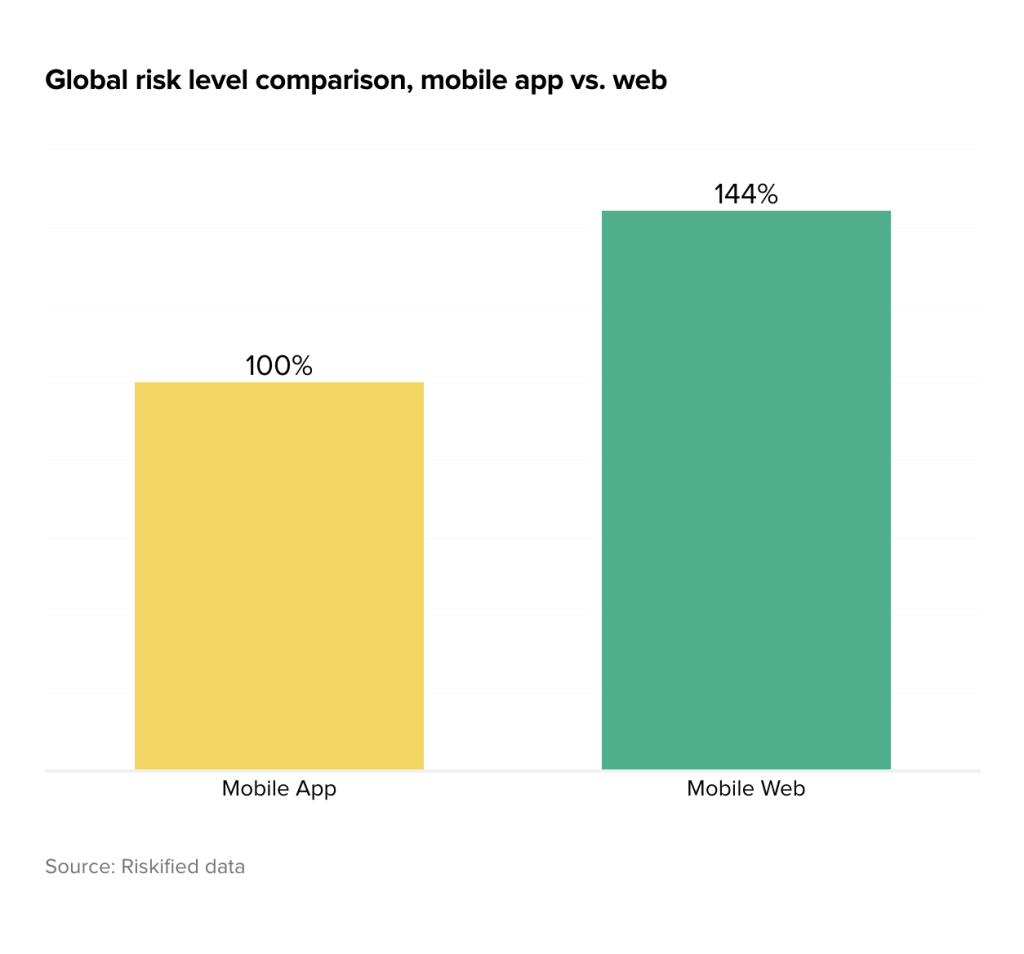3 mCommerce Trends To Watch in 2021

People are turning to their smartphones more than ever, and retailers worldwide have had to launch or expand their online presence to protect their revenue and continue serving customers through lockdowns and social distancing. The outcome is not only greater mobile shopping activity but also fiercer competition as the online shopping field gets crowded with more players. A strong mobile-first strategy is necessary for our merchants to keep up with their competition. Here are three major mCommerce trends you should prepare for in 2021:
MCommerce Trend 1: Speedy 5G Broadband
One thing is for sure: 2020 will be the year that 5G broadband takes off in much of the world. Officially released in 2019, 5G was initially reserved for high-ticket smartphones and limited geographic coverage. Just one year later, several mid-range 5G-enabled smartphones are readily available on the market, with coverage increasing rapidly. Moreover, this is definitely a trend to plan for in the long term: by 2024, 5G phones are expected to make up 50% of new smartphone purchases.
Compared to its predecessor, 4G/LTE, 5G speeds up data communication over three times, enabling significant scaling of IoT-connected devices, such as autonomous cars. For eCommerce, 5G will unlock creative ways for brands to interact with their customers, including existing forms of media that haven’t yet been fully realized. This includes the accelerated adoption of immersive technologies such as augmented and virtual reality, which retailers have been avidly exploring during the pandemic with virtual showrooms, fitting rooms, and more. Experts anticipate the speedier 5G connection will drive $12 billion in new mobile commerce revenue by next year alone.
“5G is going to be a game-changer in ways we can’t even imagine yet”
– Anthony Yell, Chief Creative Officer at Razorfish
With mobile connections becoming 3x faster, latency will stick out like a sore thumb. Merchants wishing to continue to provide a competitive mobile experience will have to ensure that the entire customer journey is friction-free, from login to checkout – a particular challenge on mobile devices.
Mcommerce Trend 2: Progressive Web Apps
Merchants can also expect more consumers to visit retail websites on mobile than on desktop. Gone are the days when adapting desktop sites for smaller screens was sufficient; instead, online stores must be built with the mobile commerce customer experience at the center. While the previous generation of mobile-friendly websites was known as responsive, the gold standard today is the Progressive Web App (PWA) – sites that are feature-rich like native apps, yet accessible from any smartphone’s browser.
Compared to native apps, PWAs reduce the barrier to entry for first-time and casual shoppers by forgoing the need for download or installation, while still providing an engaging and interactive experience. And compared to mobile responsive sites, PWAs deliver 2-4x faster page load times, significantly reducing bounce rates. This is a critical improvement on mobile websites, where nearly 70% of users admit that page load speed influences their likeliness to buy.
For online merchants, PWAs’ promises of speed and site stickiness are great news. It is important, however, to remain cognizant of the fact that mobile websites traditionally attract a higher rate of fraud attempts than native mobile apps – by 44% globally, according to Riskified data:

This is partly attributable to user-agent spoofing, a method by which fraudsters disguise their device configurations to appear as though they are accessing the web from a different browser. This allows them to exploit the vulnerabilities of mobile devices while employing the full capabilities of a desktop computer. Fear of fraud is no reason to avoid a potentially bountiful sales channel, but merchants should set in place a strategy in order to grow safely.
MCommerce Trend 3: BOPIS and Same-Day Delivery
The term omnichannel, which has been around for almost a decade, is now part of every major eCommerce player’s strategy. But it isn’t stale – just as the ways people interact with technology have evolved, so have the channels through which they shop. Today, omnichannel doesn’t just mean having a mobile presence. While it is indeed an important piece of the puzzle, merchants must take the pulse of consumer preferences and find ways to continue to engage them.
One prime example is same-day delivery platforms. Once intended primarily for restaurant and grocery orders, these apps – such as InstaCart, DoorDash, and Postmates – have recently begun to expand their offerings. Since the start of the pandemic, consumer demand for same-day delivery has expanded beyond the realm of food. Large retailers from a variety of industries, including cosmetics, home goods, office supplies, and even convenience stores, have partnered with the platforms to enable buy-online-pick-up-in-store (BOPIS) or one-hour delivery for customers. 7-Eleven, for example, partnered with multiple such platforms so that by using the prompt “7-Eleven near me” on Google Search, Maps, and Assistant, shoppers can place an order from a nearby location.
New channels expose new vulnerabilities. A one-hour window for home delivery or BOPIS requires a solid omnichannel execution strategy, including fraud review, to run smoothly, including fraud review. Merchants who rely heavily on human analysis as part of their fraud prevention measures risk creating a bottleneck that would delay the order and degrade the customer experience.
Conclusion
Over the coming year, as customers continue to transition more of their shopping to online channels, new and growing eCommerce actors will crowd the playing field. With prices already low and the diversity of products high, convenience is a major consumer priority. It is, therefore, essential for retailers wishing to differentiate themselves to plan their business strategies with mobile at the center.


